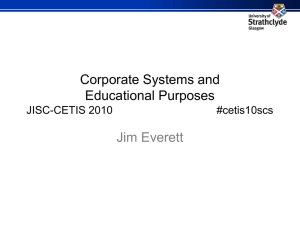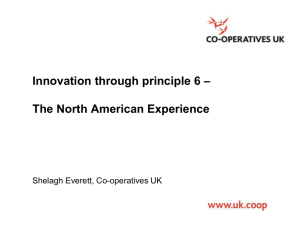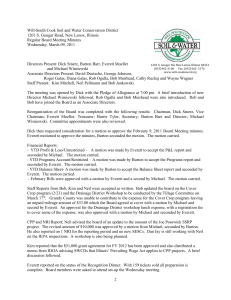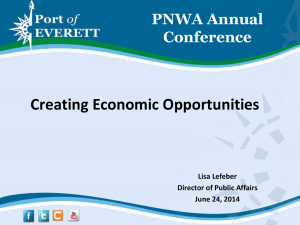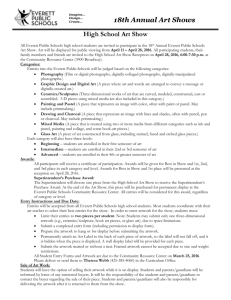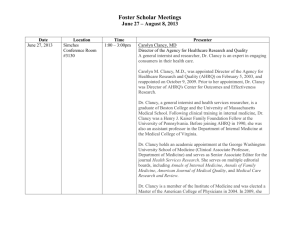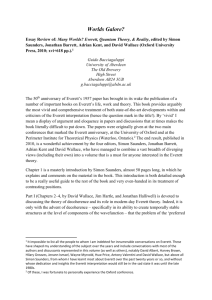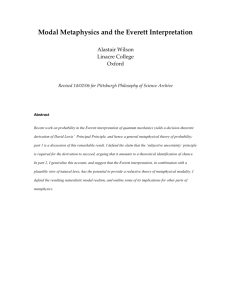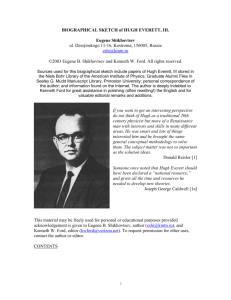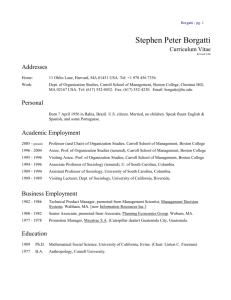Hugh Everett III is known for his contribution to quantum physics
advertisement
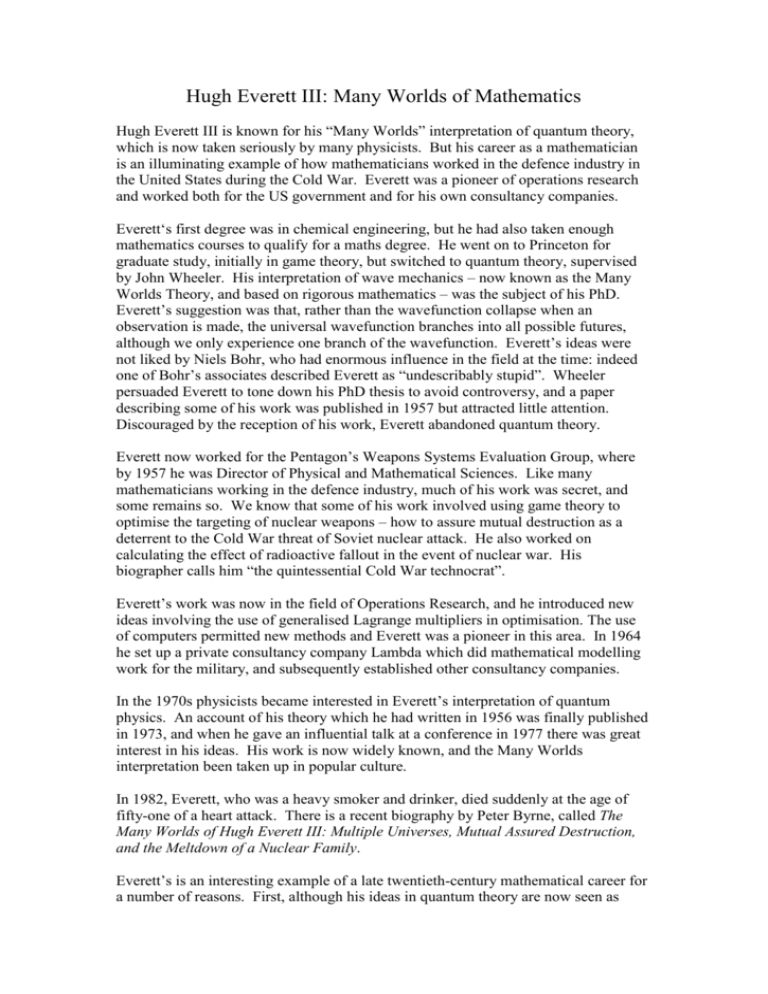
Hugh Everett III: Many Worlds of Mathematics Hugh Everett III is known for his “Many Worlds” interpretation of quantum theory, which is now taken seriously by many physicists. But his career as a mathematician is an illuminating example of how mathematicians worked in the defence industry in the United States during the Cold War. Everett was a pioneer of operations research and worked both for the US government and for his own consultancy companies. Everett‘s first degree was in chemical engineering, but he had also taken enough mathematics courses to qualify for a maths degree. He went on to Princeton for graduate study, initially in game theory, but switched to quantum theory, supervised by John Wheeler. His interpretation of wave mechanics – now known as the Many Worlds Theory, and based on rigorous mathematics – was the subject of his PhD. Everett’s suggestion was that, rather than the wavefunction collapse when an observation is made, the universal wavefunction branches into all possible futures, although we only experience one branch of the wavefunction. Everett’s ideas were not liked by Niels Bohr, who had enormous influence in the field at the time: indeed one of Bohr’s associates described Everett as “undescribably stupid”. Wheeler persuaded Everett to tone down his PhD thesis to avoid controversy, and a paper describing some of his work was published in 1957 but attracted little attention. Discouraged by the reception of his work, Everett abandoned quantum theory. Everett now worked for the Pentagon’s Weapons Systems Evaluation Group, where by 1957 he was Director of Physical and Mathematical Sciences. Like many mathematicians working in the defence industry, much of his work was secret, and some remains so. We know that some of his work involved using game theory to optimise the targeting of nuclear weapons – how to assure mutual destruction as a deterrent to the Cold War threat of Soviet nuclear attack. He also worked on calculating the effect of radioactive fallout in the event of nuclear war. His biographer calls him “the quintessential Cold War technocrat”. Everett’s work was now in the field of Operations Research, and he introduced new ideas involving the use of generalised Lagrange multipliers in optimisation. The use of computers permitted new methods and Everett was a pioneer in this area. In 1964 he set up a private consultancy company Lambda which did mathematical modelling work for the military, and subsequently established other consultancy companies. In the 1970s physicists became interested in Everett’s interpretation of quantum physics. An account of his theory which he had written in 1956 was finally published in 1973, and when he gave an influential talk at a conference in 1977 there was great interest in his ideas. His work is now widely known, and the Many Worlds interpretation been taken up in popular culture. In 1982, Everett, who was a heavy smoker and drinker, died suddenly at the age of fifty-one of a heart attack. There is a recent biography by Peter Byrne, called The Many Worlds of Hugh Everett III: Multiple Universes, Mutual Assured Destruction, and the Meltdown of a Nuclear Family. Everett’s is an interesting example of a late twentieth-century mathematical career for a number of reasons. First, although his ideas in quantum theory are now seen as important, at the time they were rejected and so, following his PhD, he moved into a completely different field of mathematics. Secondly, like many mathematicians of this and any other time, much of his work was for the military: quite literally, working out the best way to kill people. Thirdly, his private consultancy companies show another increasingly possible career route in mathematics. While Everett’s Many-Worlds interpretation of the quantum wavefunction has had a profound influence, not only on science but also on popular culture. While few young mathematicians’ PhD theses will turn out to be so influential, many will face similar decisions in forging a career in mathematics today. Sources Peter Byrne, The Many Worlds of Hugh Everett III: Multiple Universes, mutual assured destruction, and the meltdown of a nuclear family (Oxford University Press, 2010) Tony Mann, 2012 This resource was created for the project "Being a Professional Mathematician", supported by the MSOR Network, the Institute of Mathematics and its Applications and the Universities of Greenwich and Birmingham as part of the National HE STEM Programme. It is released under a Creative Commons Attribution-NonCommercial-ShareAlike licence
